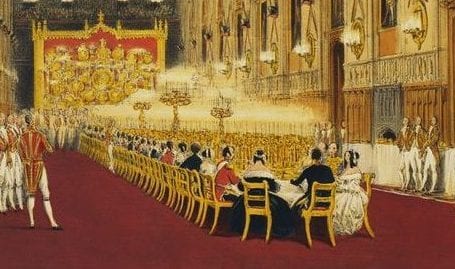The Middle Ages are a period of time that range from about 500 AD until 1600 AD. The period came about after the fall of the Roman Empire and paved the way for new styles of architecture. One of the most common
symbols of the middle ages is the castle. Medieval castles can be found throughout Europe and Asia. Although they served similar purposes European castles and Asian castles greatly differed in form.
Although commonly associated with knights and princesses, early European castles originally had a practical purpose. They were built as massive defensive structures. Castles practically became a necessity in the British Isles towards the end of the 9th century as a response to the numerous Viking incursions (Ching 363). Built to withstand attacks, castles were an important part of warfare and the protection of the kingdom. These early castles were influenced by the fortified temples and palaces of Egypt, Babylon and Greece with the most basic castles consisting of a perimeter wall, a rampart system, and a keep (Mrusek 8). These early castles, known as motte-and-baily castles, were typically built on a hill and made of wood (Mrusek 13). The hill allowed for better defensive position. The wood made these castles easy and relatively cheap to construct.
An example of a motte-and-baily castle is Old Sarum, located in Wiltshire, England with its first wooden fort constructed in 1069 (Vortigern Studies). Langeais castle showcases classical examples of medieval castle architecture such as the rectangular layout, high towers, and fortified outer wall.
